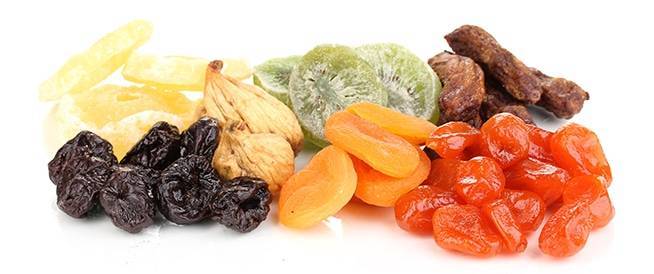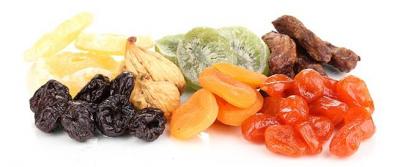As the holy month of Ramadan approaches, Muslims around the world prepare for it by purchasing food supplies, including nuts and dried fruits. A report published by the "Boldsky" website outlined easy ways to differentiate between natural dried fruits and nuts and their counterfeit counterparts.
Dried fruits are high in fiber, which can lead to increased gas, constipation, or diarrhea due to the added pressure on the digestive system and metabolism. The consequences worsen if the dried fruits are counterfeit.
Here are the methods to tell the difference:
**Color**
When comparing real dried fruits to counterfeit ones, a significant difference in color can be noted. The color of counterfeit dried fruits is darker than that of natural dried fruits. To enhance the appearance of counterfeit fruits, they are often treated with chemical colorants and preservatives and may frequently be overripe or underripe, giving them a darker color.
**Taste**
Artificially processed dried fruits, unlike natural fruits, do not undergo the same stages of natural ripening that fresh fruits do. Experts explain that counterfeit dried fruits have a bitter taste because they haven’t been given enough time to develop their natural sugar content, or in other words, due to under-ripeness.
To identify counterfeit nuts and dried fruits, here are some examples:
- **Cashews**
Counterfeit cashews can be distinguished from natural ones largely by their smell and color. If there is an oily smell or yellowing on the cashews, it is easy to identify them as counterfeit.
- **Raisins**
Artificial raisins are sweetened with sugar. If droplets of water or moisture are noticed on the raisins, they are likely counterfeit. Rubbing raisins between your fingers will leave a yellowish color or a sulfurous smell, indicating they are fake.
- **Pistachios and Dried Figs**
The best way to identify authentic figs is by chewing them; natural figs are soft when bitten, while dried figs are hard. The same applies to pistachios.
- **Almonds**
Almonds are commonly counterfeited by applying colored coatings to make them appear original. However, good almonds can be distinguished from damaged or counterfeit ones when rubbed between the hands; if they leave a saffron color, they are definitely counterfeit products.
- **Walnuts**
Natural walnut kernels have a light brown or golden color, while counterfeit walnuts appear dark brown.




